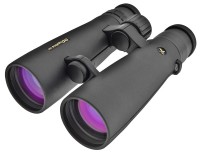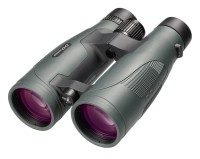
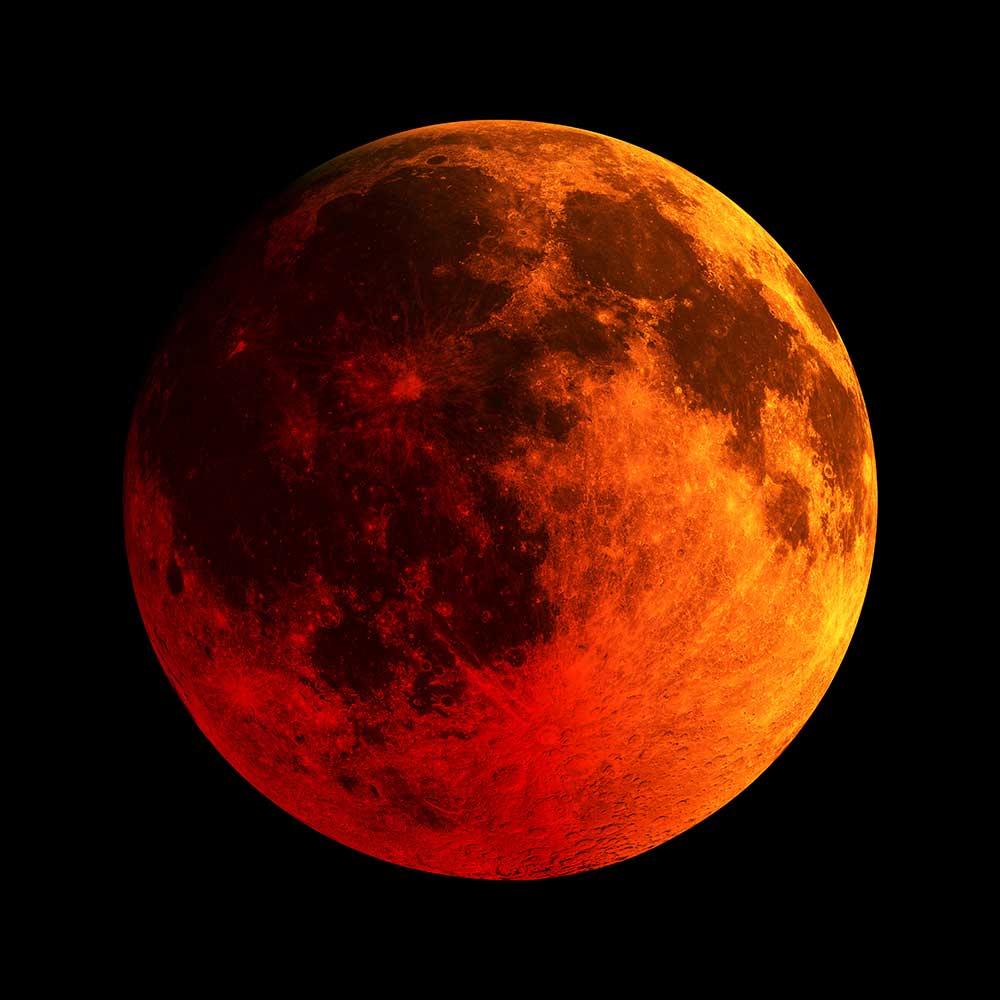
Astronomy binoculars by DDoptics
Binoculars, spotting scope or telescope?
If you have only recently discovered astronomy for yourself and mainly want to look at constellations, astronomy binoculars may initially be better suited for this than a telescope with high magnification. If your main interest in astronomy is exploring the fine details of the planets or discovering structures in distant galaxies, most astronomy binoculars will probably reach their limits. An astronomy telescope or a powerful DDoptics spotting scope is recommended for these applications.
Which astro binoculars you choose depends on how specialized and what exactly you want to use them for. Good astronomy binoculars with a magnification of 8x to 15x and a large lens of at least 42 mm will show you hundreds of nebulae, star clusters and even some galaxies. With higher magnifications you will no longer be able to do without using a tripod.
Pirschler binoculars for astronomy
The Pirschler astro binoculars are one of the brightest binoculars and make stars visible that cannot be seen with the naked eye.
The binoculars by the Pirschler series are exclusively equipped with more powerful Abbe-König prisms. The Pirschler Astro binoculars offer an extremely high light transmission of up to 96% as well as image brightness for brilliant and high-contrast image reproduction.
Since the exit pupil of the human eye, especially in older people, often no longer expands to the maximum of 7 mm, the exit pupil should also be taken into account when selecting astro binoculars.
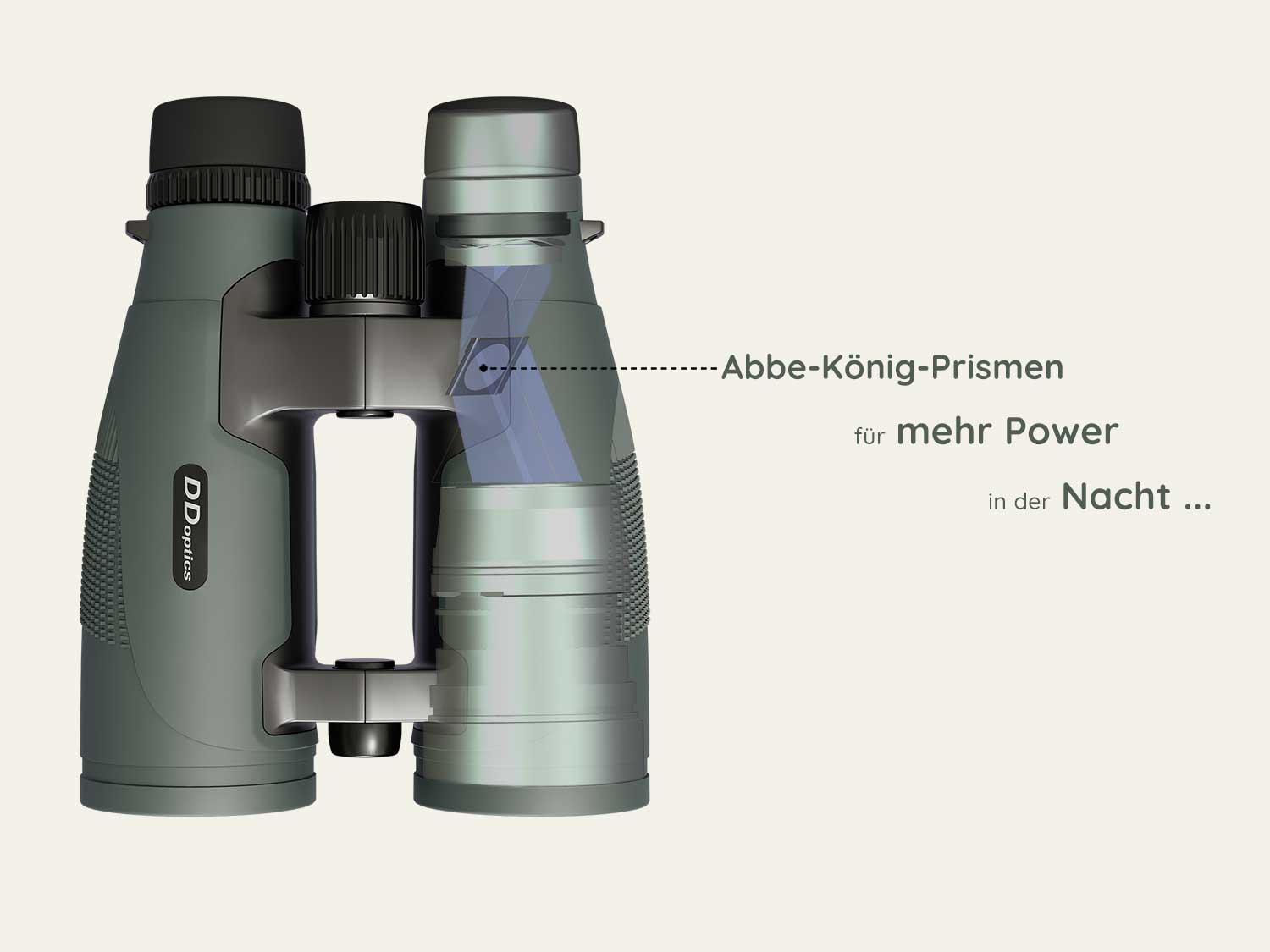
8x magnification
With an 8x magnification, binoculars offer the strongest image brightness and are ideal for observing star formations.

10x magnification
Astro binoculars with 10x magnification are best suited for an overview and viewing of constellations.
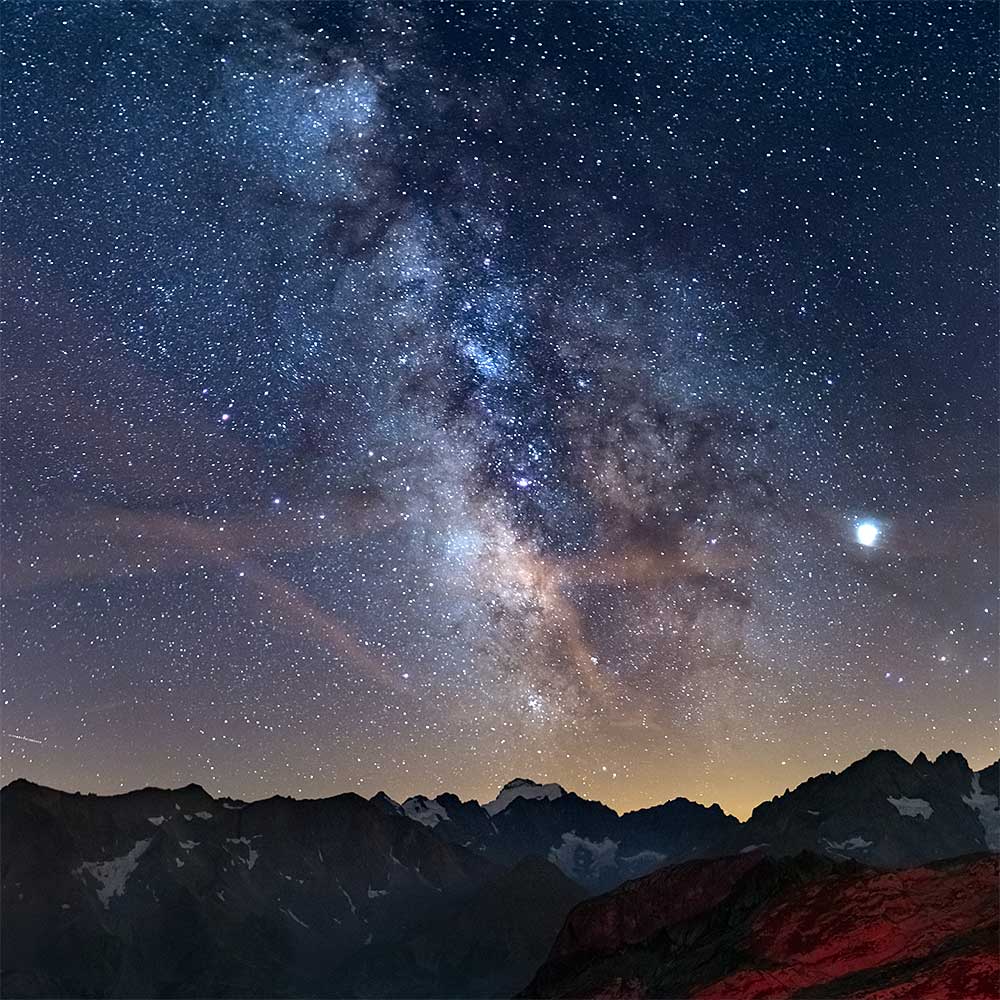
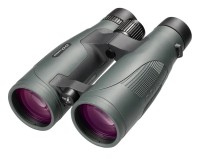
12x magnification
Finer details, for example of the moon's surface, are revealed by astronomy binoculars with a 12x magnification.
15x magnification
Binoculars with a magnification of 15x are particularly suitable for astronomy as they provide deeper insights.
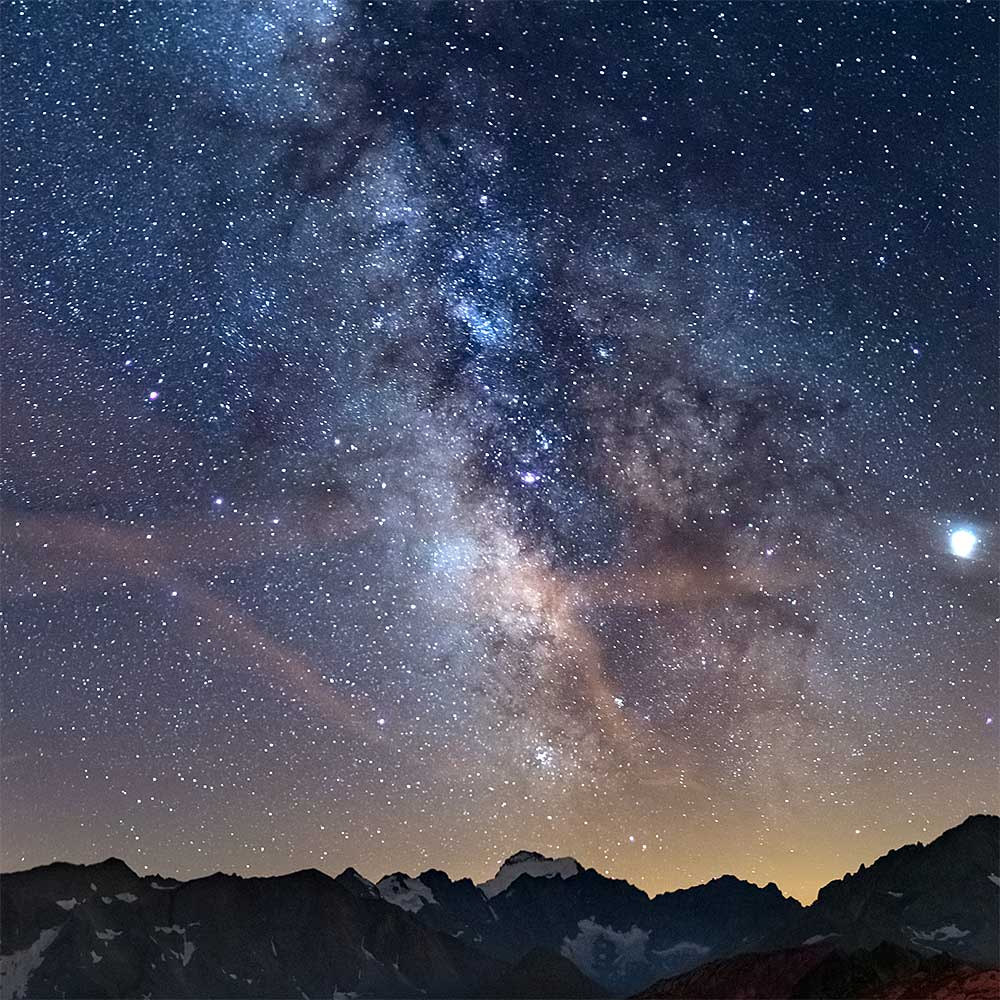
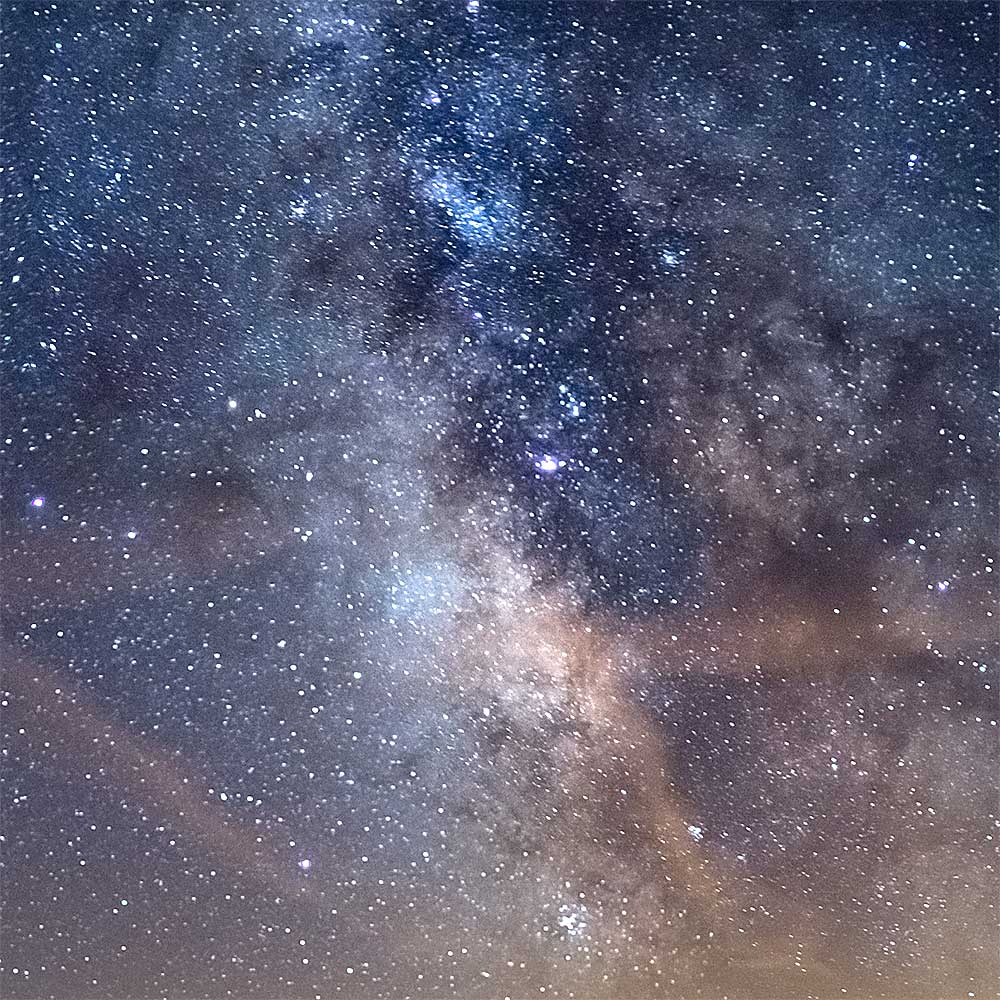
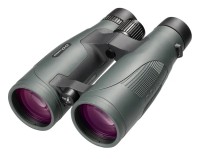
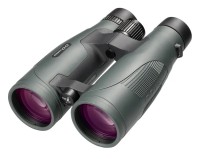























SHG binoculars for astronomy
With SHG binoculars you can see stars that are invisible to the naked eye.
The high-quality SHG Astro binoculars by DDoptics impress with the 8x or 10x magnification and the 42 lens diameter with extremely high image resolution and thanks to field flattener eyepieces with pinpoint display of the stars up to the outermost edge.
Stray light and chromatic aberrations are almost completely suppressed with these binoculars. The SHG binocular offer the highest possible light transmission of up to 93% and a completely new visual experience of color brilliance, contrast and brightness.
This is made possible by a newly developed FLK glass material from Japan, mirror coating of the prisms with a dielectric, and a newly developed coating.
Field flattener eyepieces reduce the distortion of the SHG binocular in such a way that visible distortion, even at the edges, can hardly be provoked without triggering the notorious globe effect.
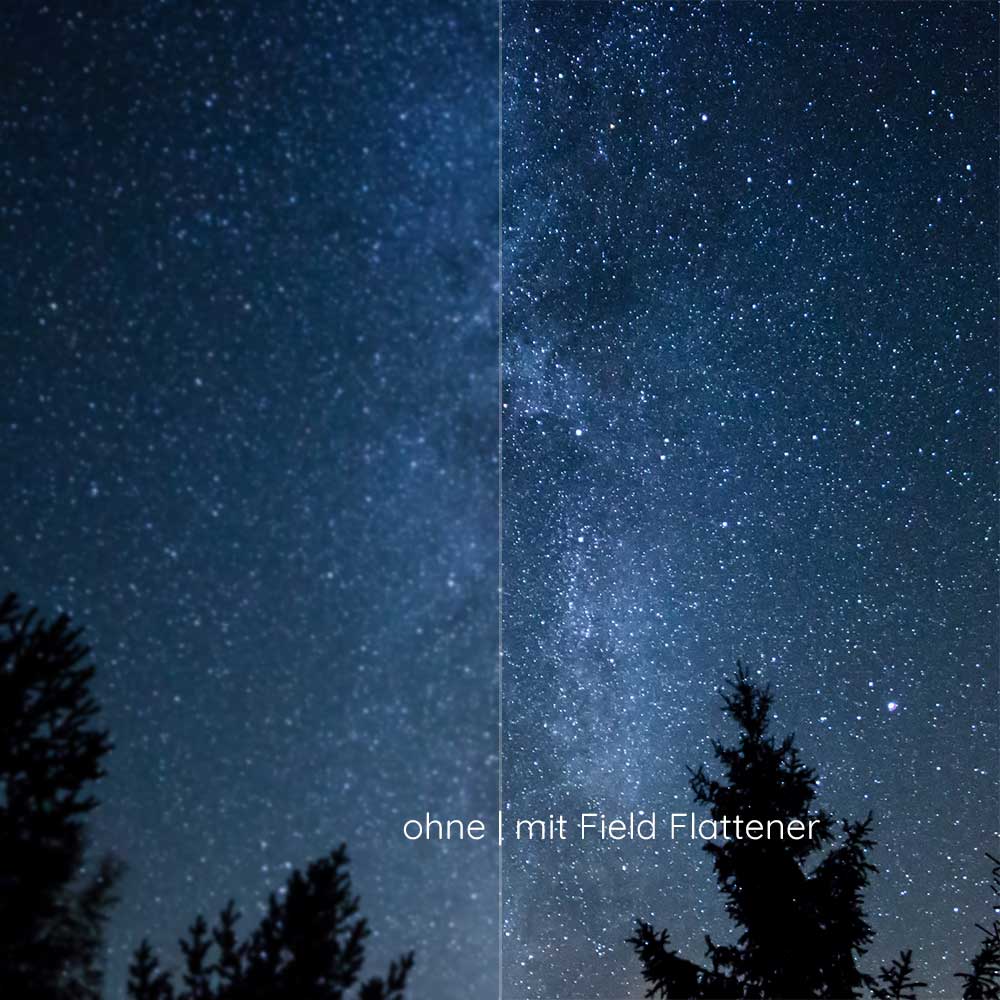
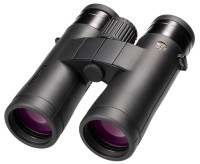













Your binocular for the stars - the best "first telescope"
Even the most avid astronomy enthusiast with an arsenal of telescopes often has at least one set of astronomy binoculars handy. It is often even said that astro binoculars are the best "first telescope".
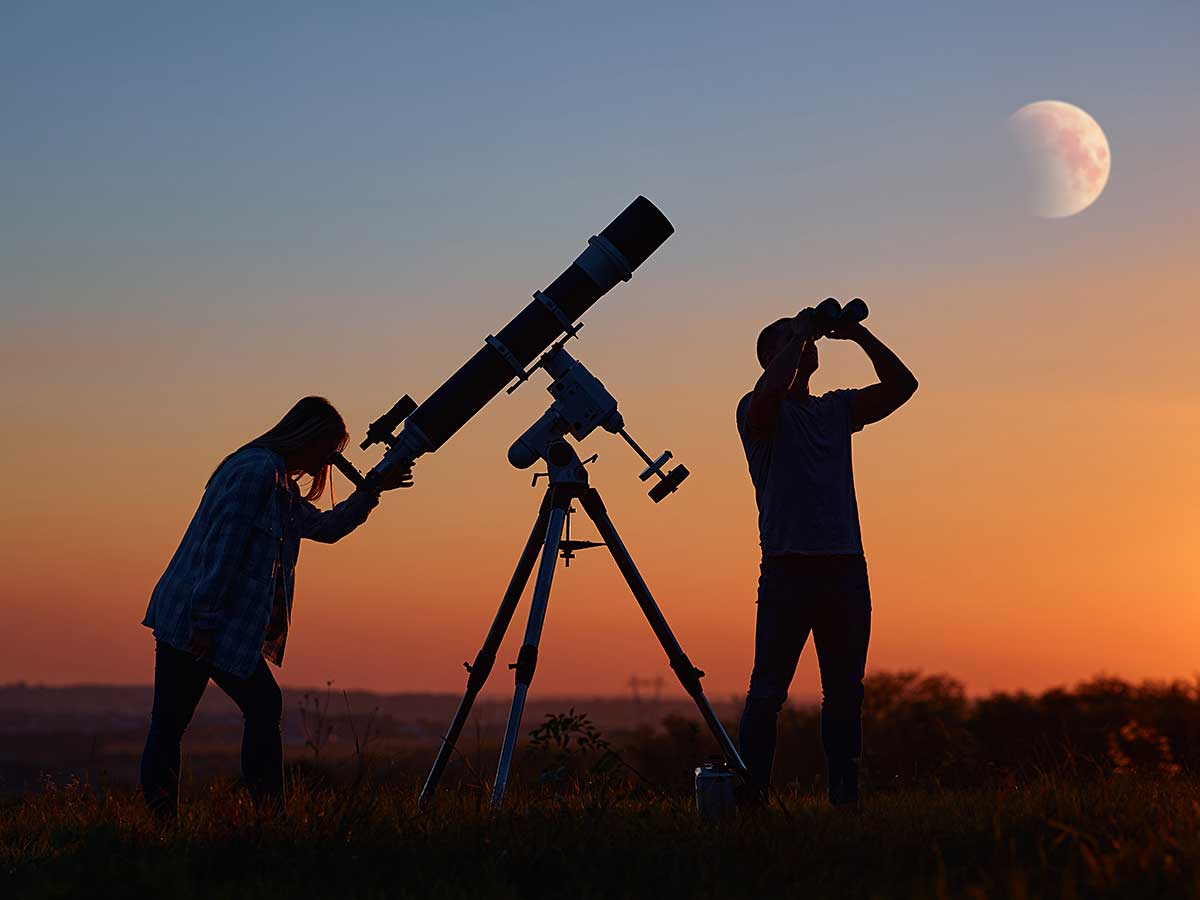
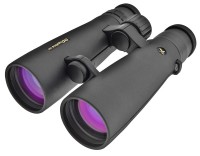
EDX astronomy binoculars
The exclusive EDX binoculars for astronomy offer detailed and high-contrast images without edge blur. With the Astro binocular EDX 12x50, even objects that are far away can be seen in true color and pin sharp.
